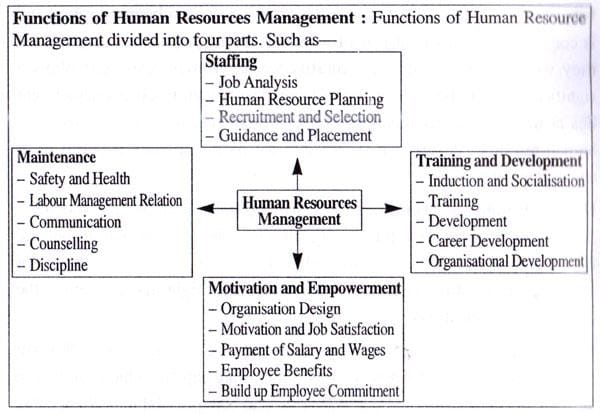More than 60% of the change strategy implementation in private companies do not bring the expected benefits. The reasons for these setbacks are most often to be found in the organization that has been set up to deploy them.
Indeed, multiple pitfalls mark out the projects, whether it is the formalization of the objectives, the communication to the actors, the description of the means, the sequence of actions, the measurement of progress, the motivation of people or even continuous adaptation to possible changes in the organization or its environment.
How to avoid each of these traps by adopting a progressive and structured approach?
Here are 6 key elements to successfully deploy a strategy:
1. Declining the strategy into actions
Detail the action plans that contribute to the execution of a strategy in a structured framework.
• Identify the actions to be carried out and their nature (organizational, technical, financial, human …)
• Associate the objectives to be achieved with the necessary actions and means – Sequence the actions in a logical order
• Create achievable stages of progress – Identify the best field practices
2. Engage management
Involving operational and functional managers in the first phase of analysis of the functional plan is fundamental. Together, they develop a coherent analytical approach to achieve the strategic objectives expected by General Management.
This analysis with structuring qualities puts operational staff in confidence and facilitates the appropriation of the strategy. The general management is thus “equipped” to precisely set deadlines and means necessary for the deployment of its strategy.
Read also How to remove mosquito from your garden?
The objectives are clarified and made more credible since management describes an approach to achieve them. The operational departments confidently relay the strategic plan to their respective areas of responsibility and can, therefore, make a strong commitment to achieving the objectives.
3. Communicate and train
It is important to carry out communication actions on the strategy, objectives, methods, and resources with the various departments. The training actions carried out by the functional departments are complementary to the change management carried out by the operational departments.
The training and communication actions aim to make operational managers autonomous and able to adapt flexibly to the realities on the ground.
Read also How to Improve Your Communication
4. Driving change
An organization is never homogeneous. The operational entities do not all have the same degree of maturity, and therefore cannot all deploy a strategy at the same speed.
A structured method can allow everyone to progress according to their starting level by setting realistic intermediate objectives. Formalization makes it possible to integrate new entrants (people or entities) into the organization at any time.
5. Measure and react
Management must react according to the events and the difficulties encountered. And the relevance of its reaction depends essentially on the quality of the information it has received. The development of management indicators is, therefore, an essential factor of efficiency for management. A method that offers a system for measuring progress that brings operational objectives and action plans into line is highly recommended.
Monitoring this measure of progress allows operational staff to react quickly to difficulties as it allows management to allocate the resources necessary to remedy any problems. Management, therefore, has dual visibility. On the one hand, it follows the progress of the results.
Read also 5 Steps to Setup Your KPI in Business Strategy
6. And Prepare for the future
One strategy chases the other because organizations are constantly evolving. If management focuses its efforts on certain priorities, it must, however, mobilize its energy on new subjects as soon as it has achieved its objectives.
The organization must maintain its “capital of know-how” by formalizing the progress procedures it has undertaken. So, when management focuses on new priorities, the action plans from previous strategies will continue to move forward.
Understand all stages of strategic planning processes
The strategic planning process is something we are all familiar with, whether we know it or not.
We use it to go from where we are to where we want to go.
It can be a physical destination, like another city, or a goal in life, like getting a master’s degree. We plan, organize our time and life, gather resources and draw a map.
For a company, the stages of the strategic planning process are not so different.
A direction is developed, decisions are made and the necessary resources are allocated to achieve the final objective.
Strategic planning serves as a map, a roadmap to help the organization discover how to go where it needs to go. The process includes analyzing strengths, weaknesses, opportunities, and threats, as well as planning future operations in a prioritized and realistic manner.
How to develop a strategic planning process?
The first thing to do is to start with an end in mind.
This is very important since if we do not know where we are going, we will surely get lost.
Determine who is going, the destination and what you need to get there.
The steps in the strategic planning process must also include a situational analysis.
Study the current situation before moving on to the next. Analyze where the company is, why it is there, what are the problems and possible points for improvement. Only after that can you start thinking about solutions and ways to go.
Good strategic planning should think about:
• Determine long-term goals
• Analyze the internal factors that cause the most important issues
• Generate strategic options that address these issues, prioritizing them
• Decide between options
• Monitor the results of the strategic planning process steps
• Models of strategic planning processes
Infographic to Deploy A Strategy Successfully



